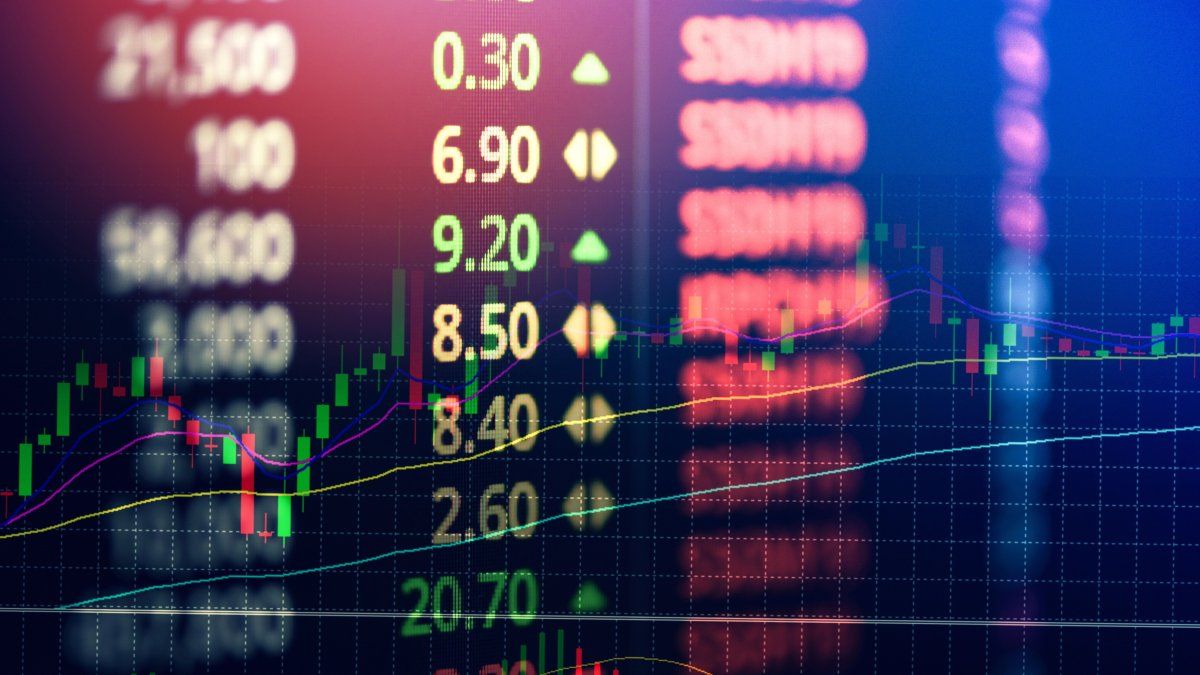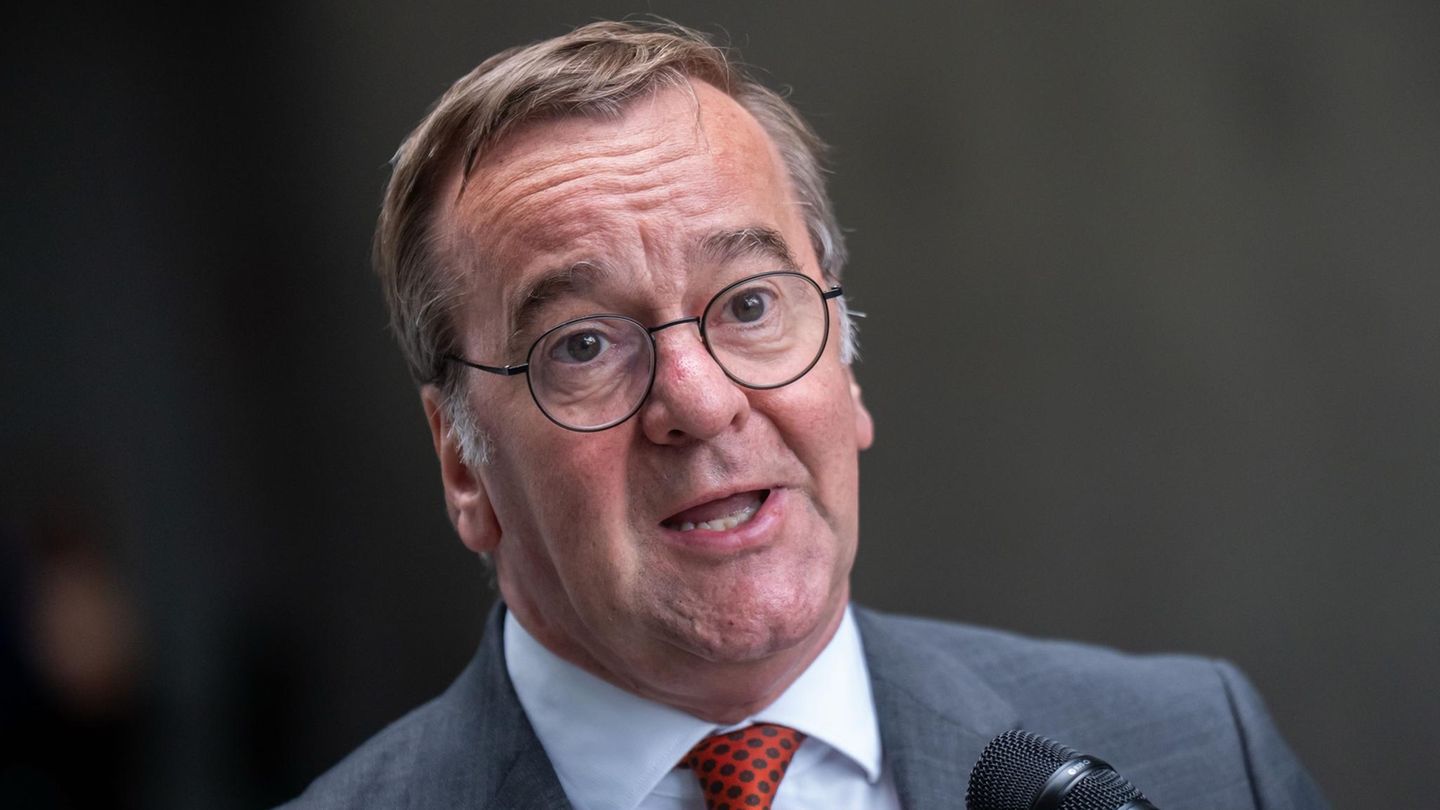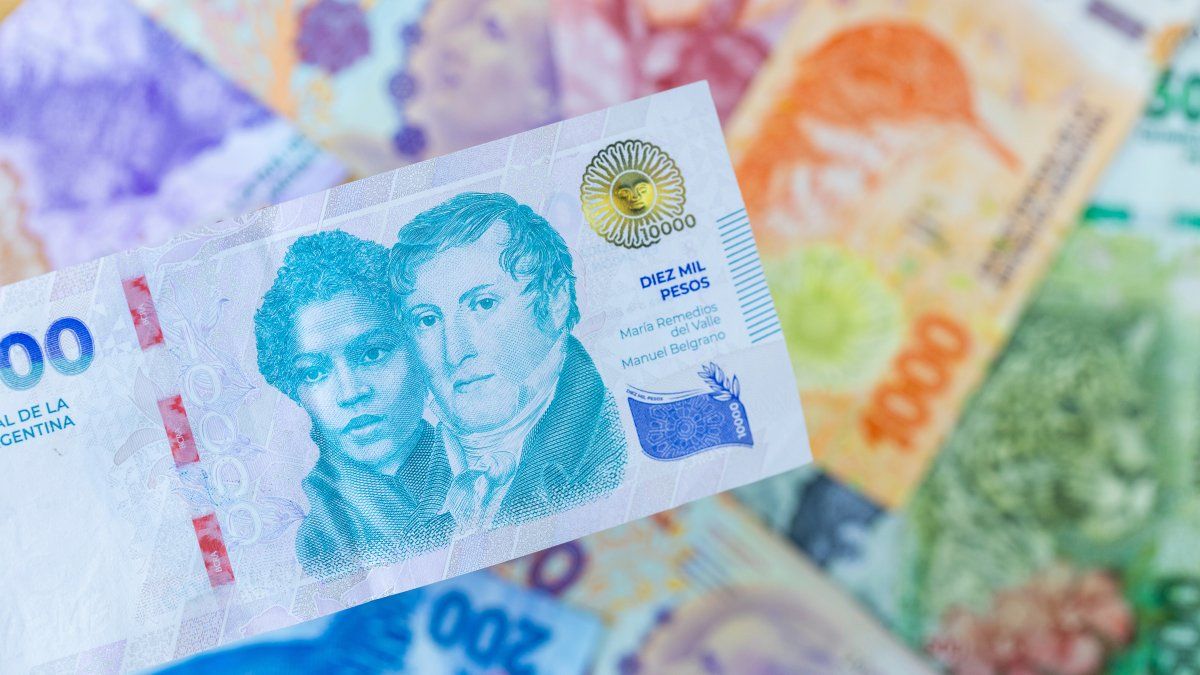The Government’s preaching and the signs of the latest measures were leading to the market to buy the idea that Foreign exchange restrictions may last beyond the end of the year. According to some reports, this was reflected (among other things) in the compression of the implied inflation expectations in the prices of financial assets. In this context, City analysts monitor whether investors’ preferences should turn to instruments with a higher interest rate. fixed ratesuch as LECAP, either toward indexed titles to the evolution of prices, such as debt CER.
The last few weeks have been characterized by a compression of LECAP rates and an expansion in the CER curve. In a report by Consultation It was stated that the market “believes there is room for disinflation to continue.” And it was considered that this was reflected in various financial transactions.
On the one hand, it was observed in the result of the Treasury peso debt tender last week, in which the Economy placed $1.59 billion in a LECAP with a fixed effective monthly rate of 3.95% and maturity in June 2025. On the other hand, in the public securities quotes on the secondary market until the end of last week, which They incorporated in the last rounds a monthly inflation path of 2.7% average by the end of the year, a number that he considered “optimistic” despite the fact that there were certain fluctuations after the publication of the July CPI by INDEC.
Meanwhile, the consulting firm 1816 stated that the City “was incorporating in the prices of LECAP and CER bonds an increasing likelihood that the Government will opt for Scenario 2, that is, “To aim all the artillery at lowering inflation now, postponing the release of the currency controls”.
The firm outlined two scenarios regarding the opening of the cepo: the first is that the exit will take place in the remainder of 2024 (with the risk that a devaluation would accelerate inflation) and the second, to be postponed until after the 2025 legislative elections (with the risk of not accumulating foreign currency). And he suggested that the prices of financial assets show a market more inclined to the second idea.
For 1816, the monthly “breakeven” inflation (which equals the annual effective rate of the LECAP as of February 2025 with the BONCER T2X5 and that of the LECAP as of next June with the TZX25), during the last rounds of last week, was 2.6% on average between August and December 2024, and 2% between January and April 2025 (if the 3.95% of the last Treasury tender is taken) and this “indicates that The market believes that we will see the results of the economic team’s bet on the CPI in the coming months.”
Inflation: Market sees value in CER bonds
In addition to considering as “optimistic” the assumption of implicit inflation in secondary market quotesConsultatio recalled that the latest Market Expectations Survey (REM) conducted by the Central Bank projected a CPI around 1 percentage point higher for the coming months (between 3.7% and 4% until the end of the year). “Who is right?” it asks in its report.
“According to our own base scenario, we tend to be a little closer to what the market expects, although with inflation that is somewhat higher, especially for the months of August, November and December, although in this last case our exchange rate unification scenario alters the comparison. For this reason, In general we still prefer the CER curve,” expressed in his report.
For its part, 1816 stated: “With double-digit real rates and forwards consistent with what would be a CER curve with free capital mobility, and a normalized sovereign curve in dollars, We like CER debt.”
image.png
The consultancy firm pointed out that, while inflation continues to slow down, the flow should continue to go to the LECAPs by 2025 (which can still be compressed further if inflation converges quickly to the rate of the “crawling peg”), at these prices this trade implies “betting fully on a scenario 2 where everything goes according to the Government’s wishes.”
Some of that was observed at the beginning of this weekwhich led to slightly raise asset-implied inflation expectations. It is a logical balance after the July data from INDEC given the optimistic assumptions that the market had drawn up. “Buying CER, at most, can entail losing a little profit versus the LECAP in an optimistic scenario, but they protect in a slightly more complicated scenario, which is what many institutional investors prioritize,” he said. Nicholas Cappellaof IEB.
Cappella considered that this Tuesday there was more demand in LECAP for March and June, while the CER curve decreased in volume compared to previous days. “We understand that the rotation is over and now the market expects more news.The TEM for March and June is around 3.7%. Breakevens, around 3% until the end of the year. Therefore, the difference between betting on CER or LECAP is already very fine,” he said.
image.png

Source: Ambito
I am a 24-year-old writer and journalist who has been working in the news industry for the past two years. I write primarily about market news, so if you’re looking for insights into what’s going on in the stock market or economic indicators, you’ve come to the right place. I also dabble in writing articles on lifestyle trends and pop culture news.




